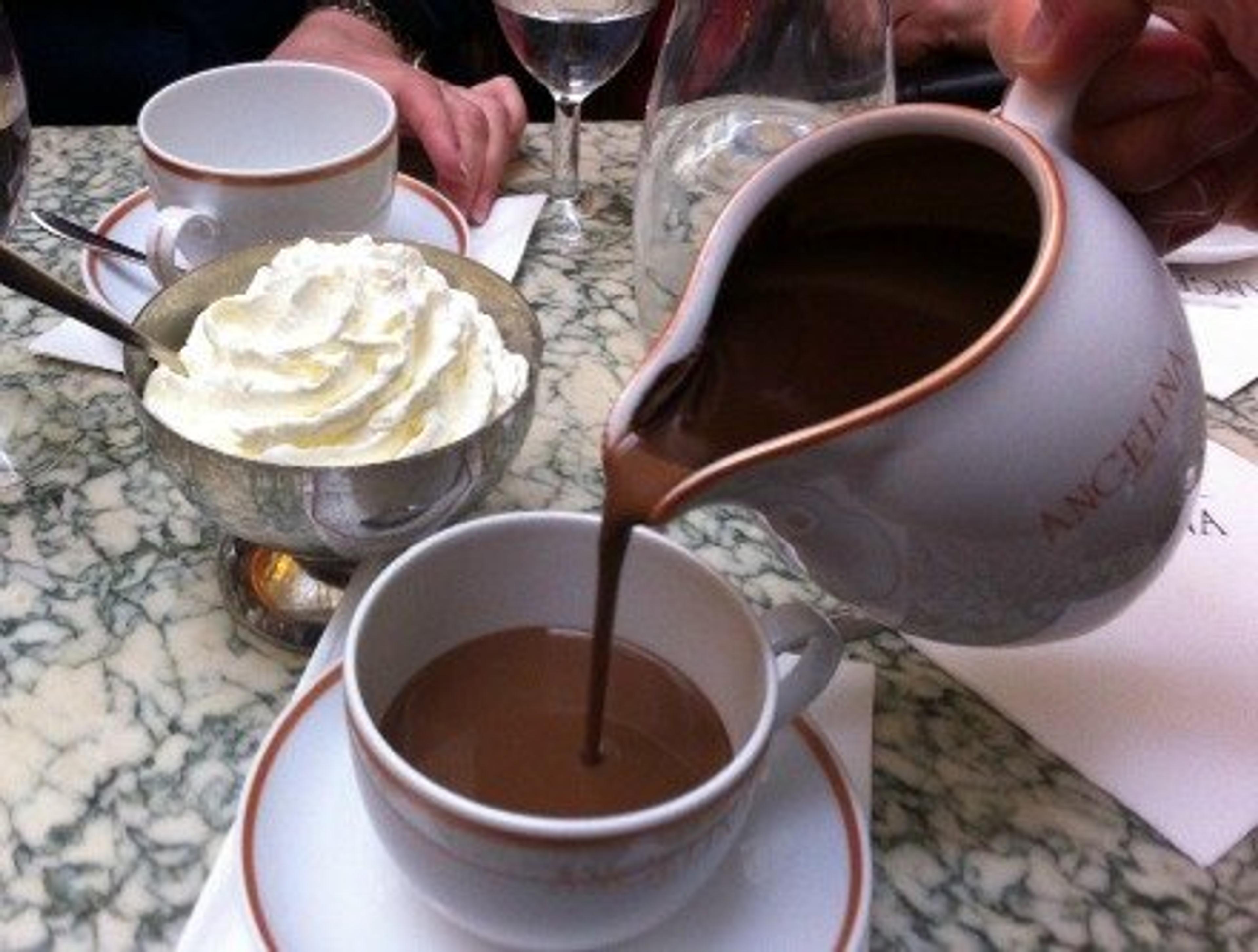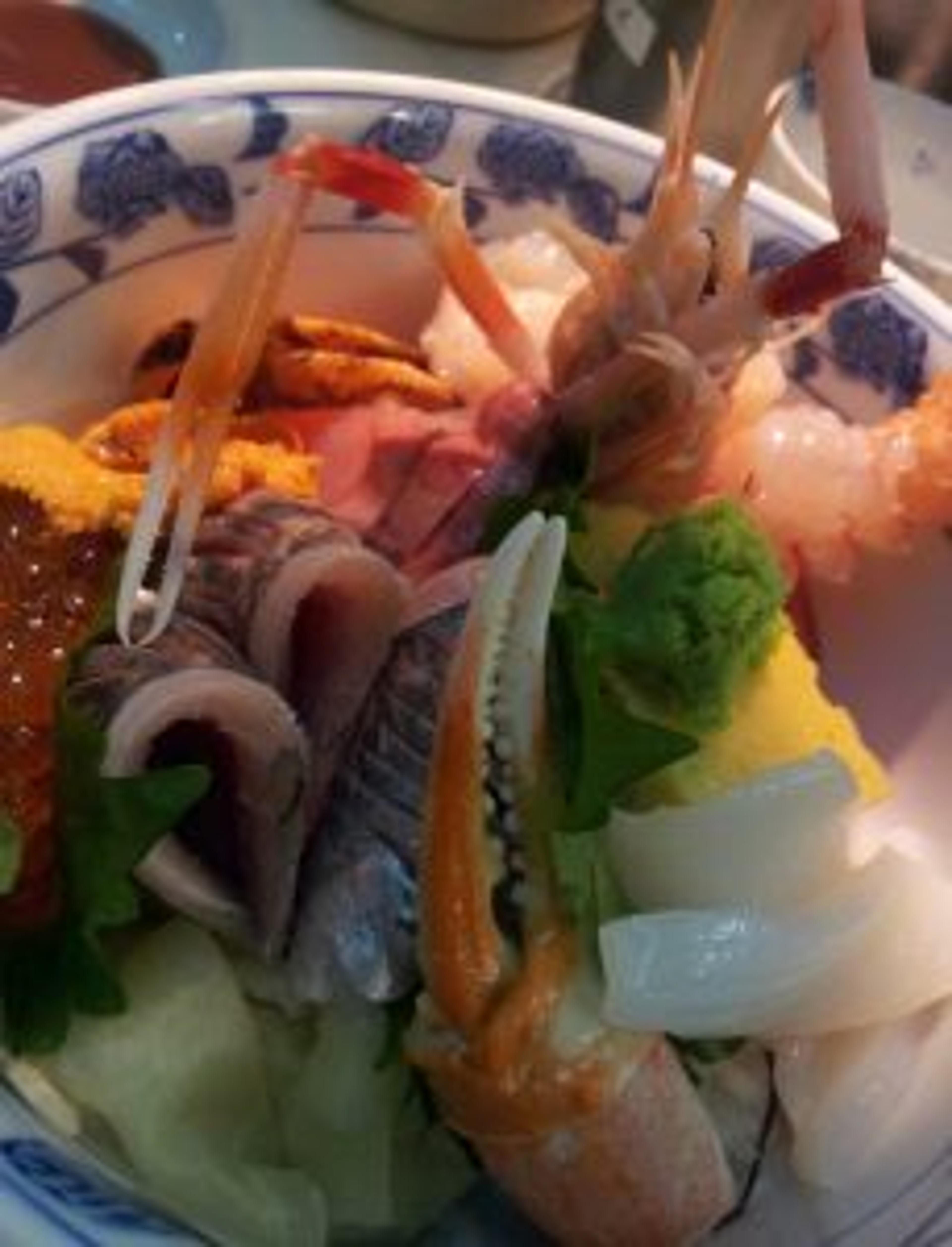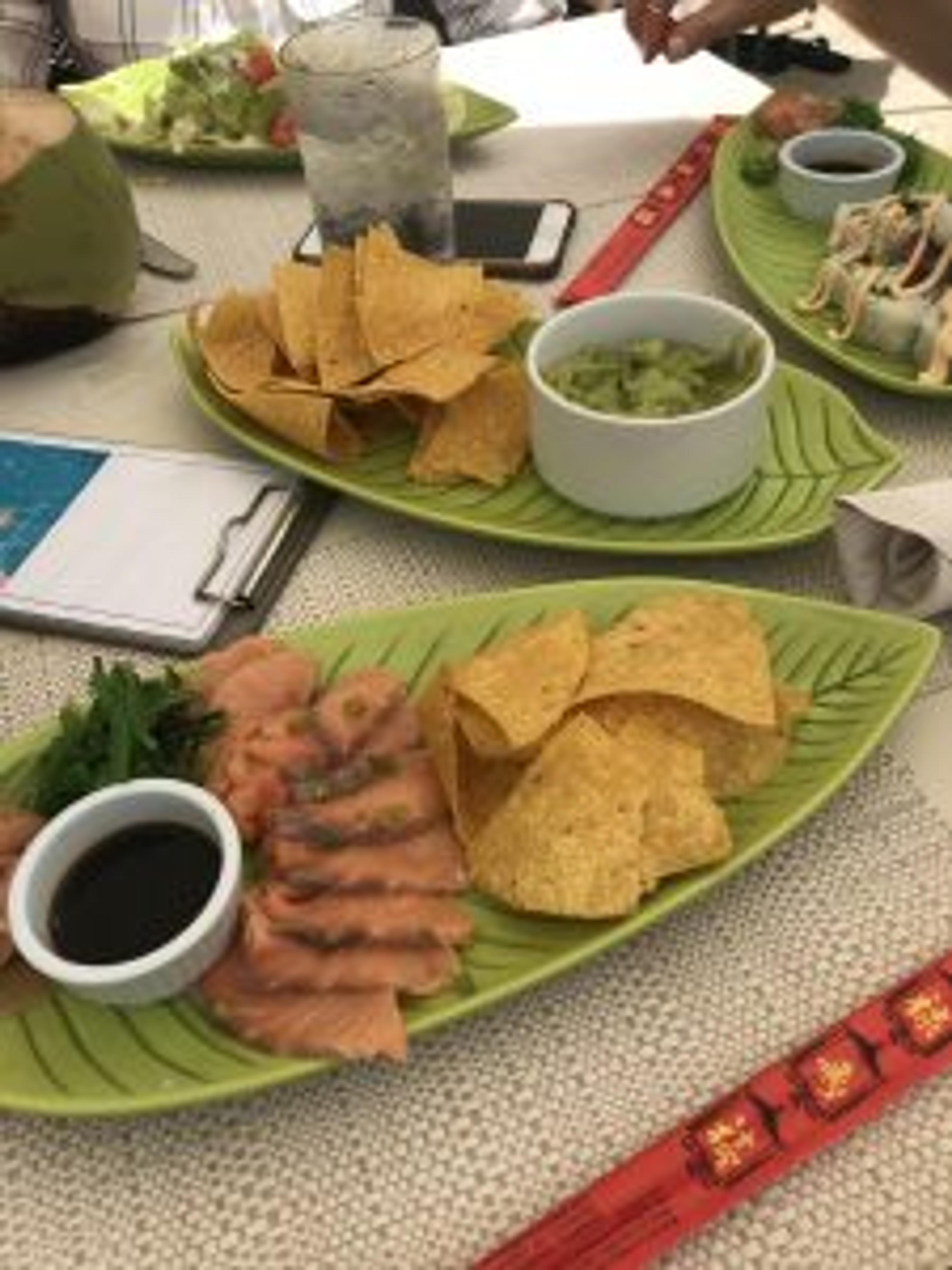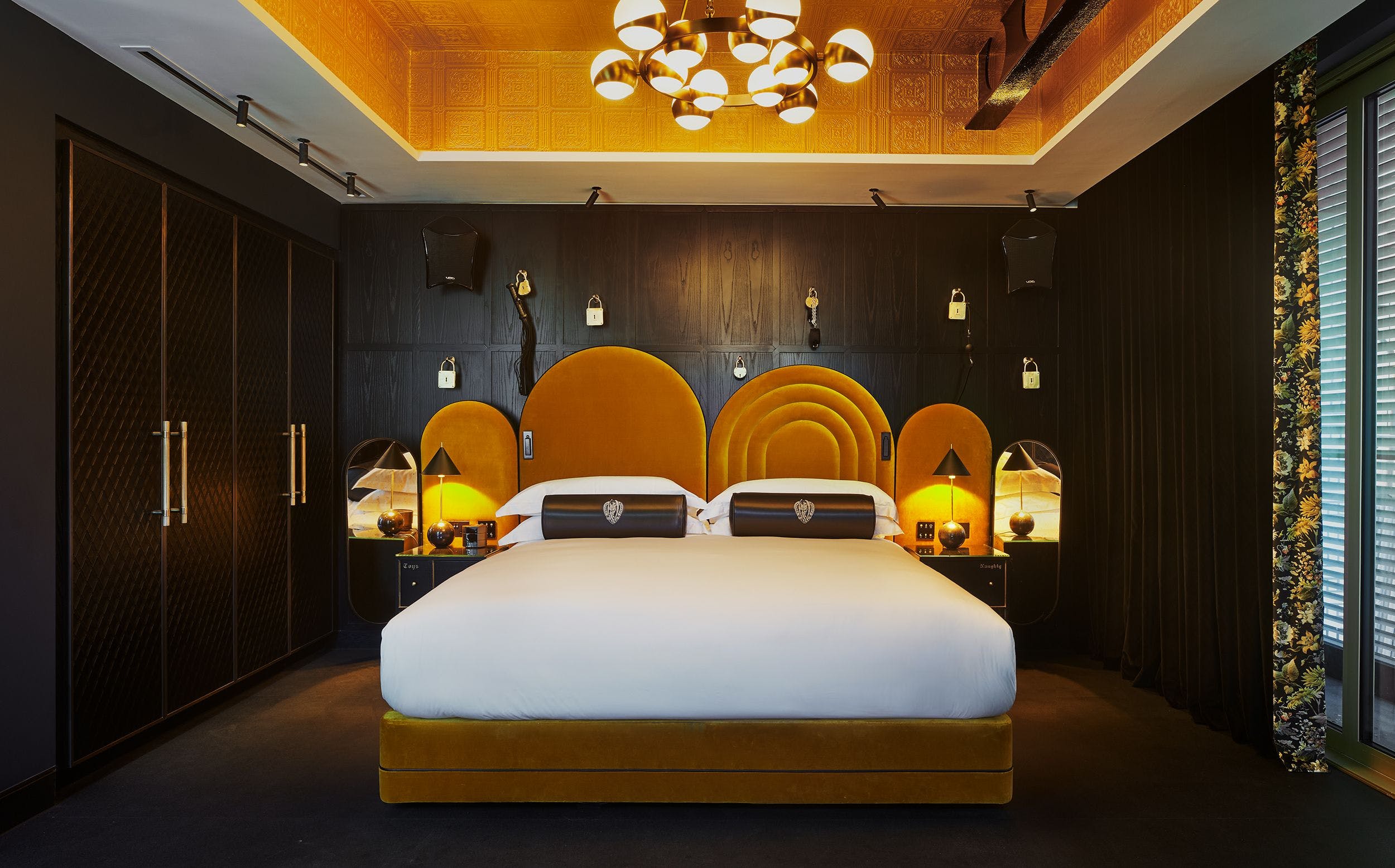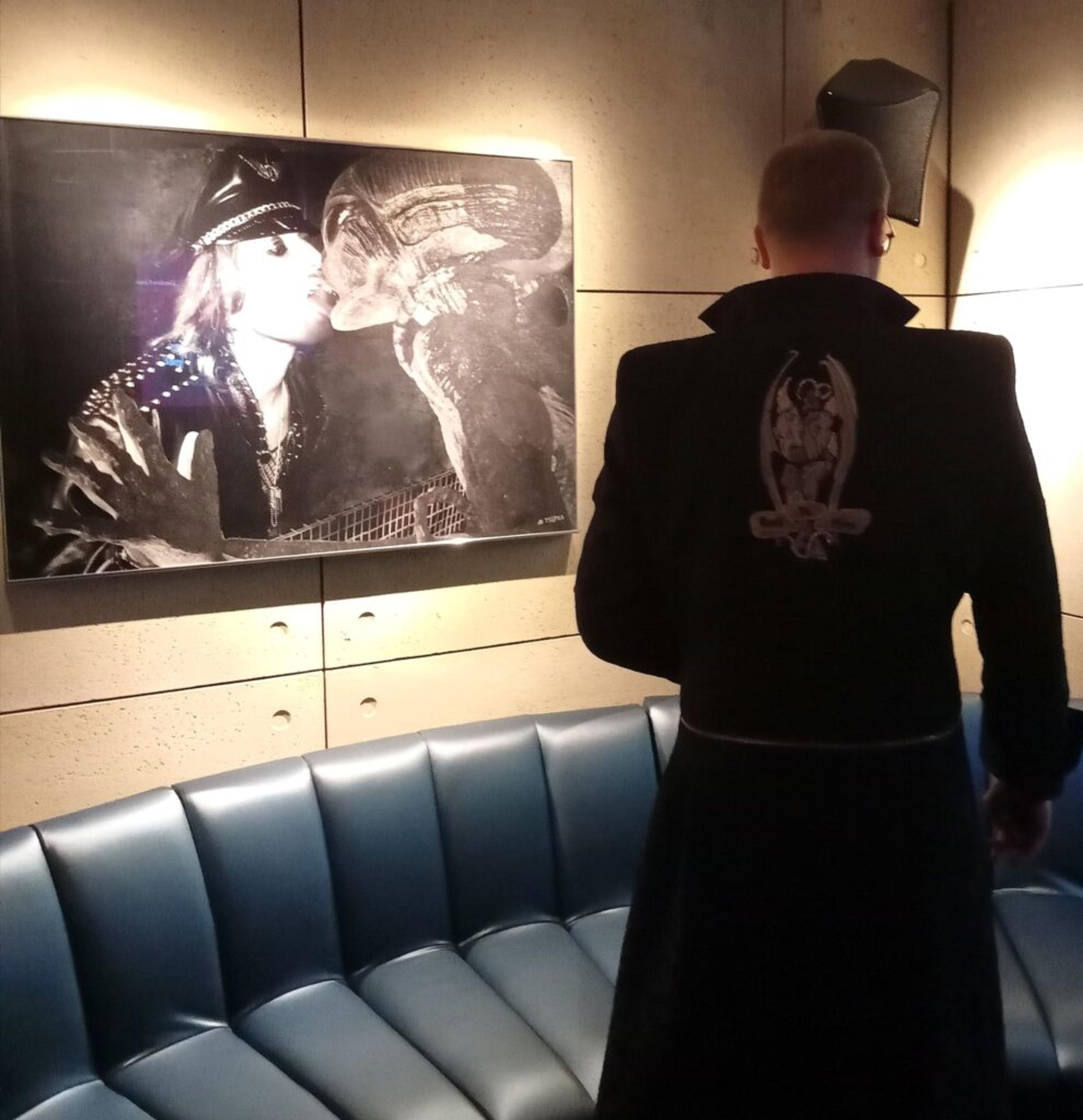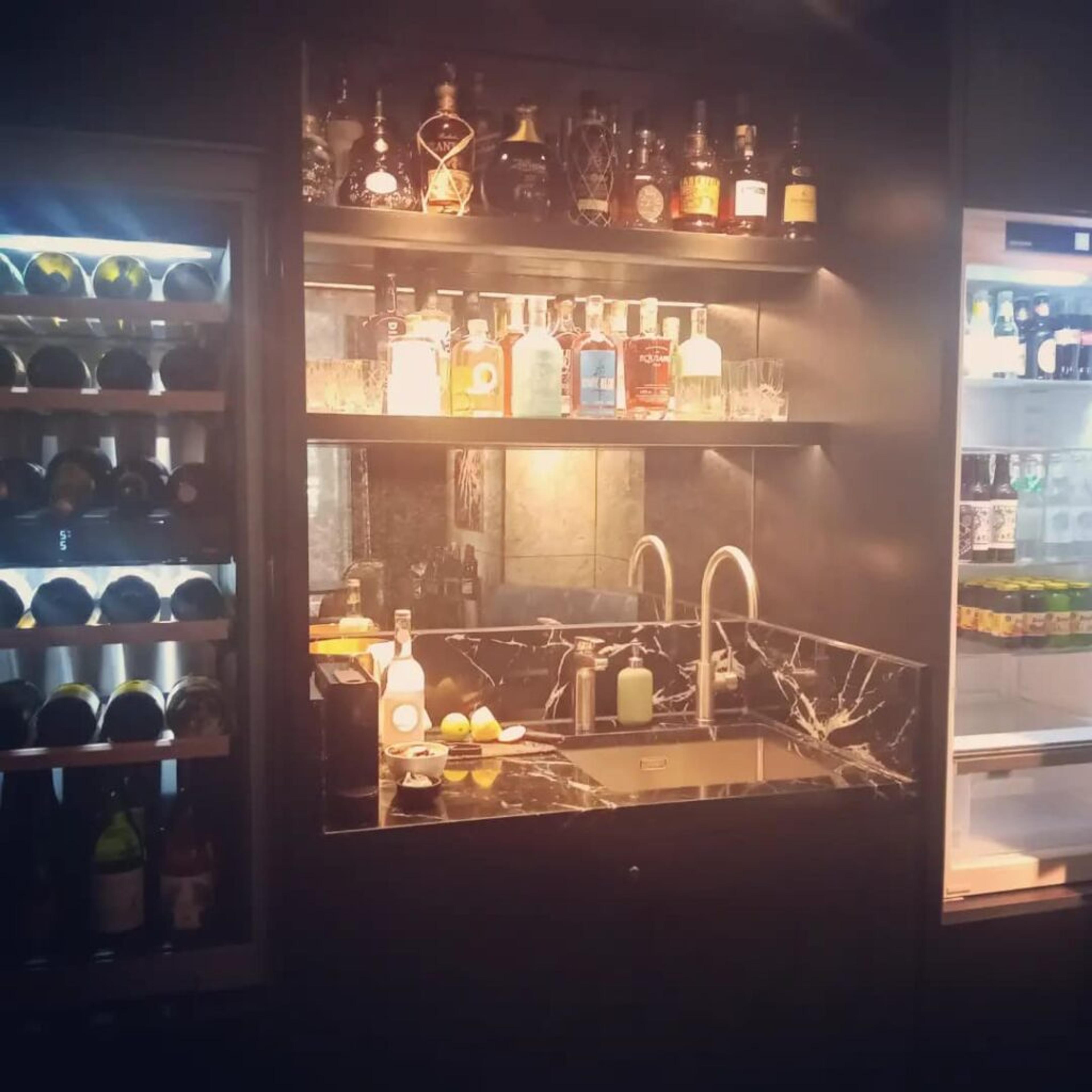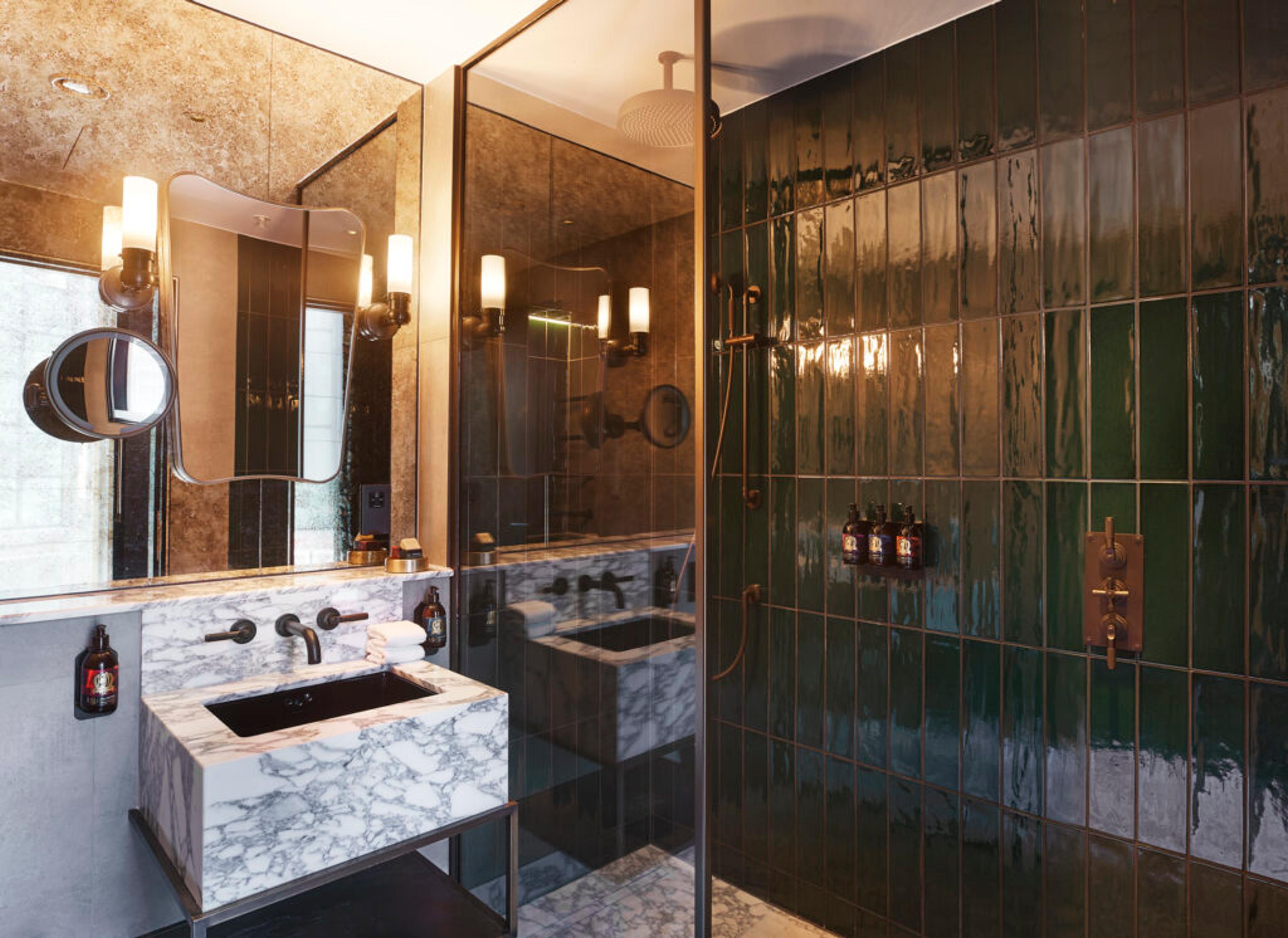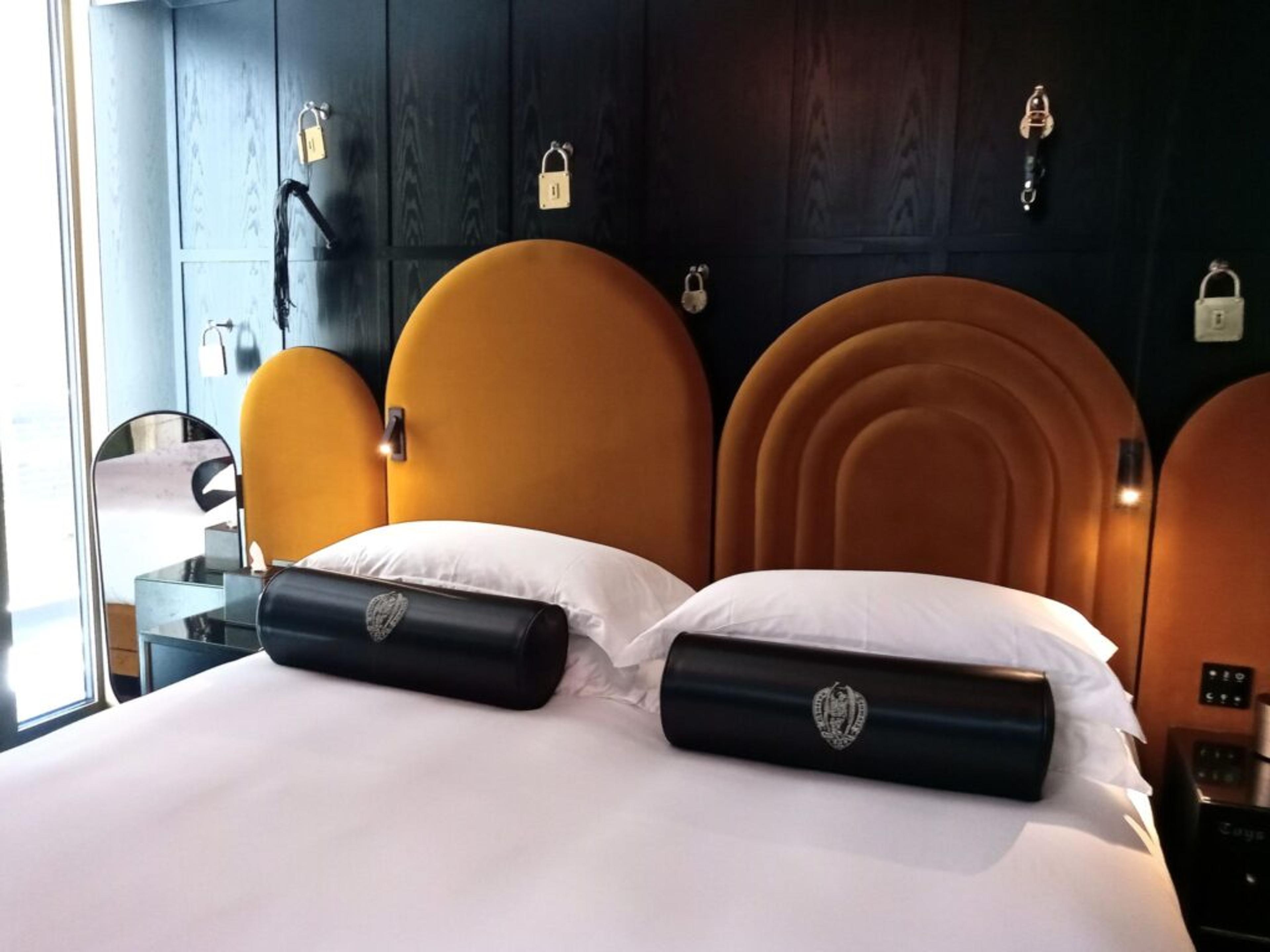Think that gastronomy in Denmark is just exclusive to Copenhagen? Think again. For people in the know, the Northern Jutland area is THE place to visit to take advantage of some of the best food that Denmark has to offer.
North Jutland is beautifully situated at the very top of Denmark’s Jutland peninsula. With its charming towns, stunning landscapes and powder-soft beaches, this island in the far north of the country is Denmark’s most northerly region, where Danish design and architecture meets pristine nature and then there is the food (more on that later!)
Jutting out dramatically into the sea, North Jutland is renowned for the special light it produces and has attracted artists both in current times and historically to paint here. It has more hours of sunshine than the rest of Denmark and has the most beautiful landscape which is made up of lush forests, quirky streets, sand dunes and endless white sand beaches.
Be happy
We started our Danish adventure in Aalborg which has been undergoing quite the development over recent years. It has been named as Europe’s happiest city, with a survey citing that Aalborg’s residents are the ‘most satisfied’in Europe. We stayed at the Hotel Cornwall Hvide Hus, a modern hotel with incredibly cool décor situated in the heart of the beautiful Kildeparken which is renowned for being the home of elegant sculpture which are nestled alongside the impressive fountain.
Singing trees?
As well as these impressive pieces of art, there is also the rather magnificent Park of Music. This initiative sees artists planting a tree to commemorate their visit in Aalborg. There is, however a twist. Some of the trees are accompanied by the artists’ own music and can be activated by the park’s visitors by pressing a button at the foot of the tree. From Beyoncé to Prince to Take That and Sir Elton John, you can meander around the park whilst creating your own symphony.
Award-winning architecture
Aalborg, with its impressive waterfront and quaint buildings blend seamlessly with the award-winning architecture and cosy cobbled streets. It is Denmark’s fourth largest city and is widely considered to be one of the most significant cultural hubs in Denmark.
What is GastroNorth?
As part of our Danish gastronomy adventure, we were invited to dinner by Mads Stenstrup, one of the pioneers of GastroNorth, a new foodie initiative made up of several gourmet restaurants throughout the Northern Jutland region who wants to showcase the regions unique culinary style and has ten restaurants who are part of the Gastro North collaboration. Their aim is to enhance their skills, draw international attention and hopefully secure the region’s first Michelin star soon.
Restaurant Textur
The fabulous Restaurant Textur who has recently received three stars in The Danish Dining Guide 2018 was our first port of call and was my favourite evening meal of the trip. Textur is one of the top restaurants in North Jutland and their kitchen is headed up by renowned chefs Dennis Juhl and Frederik Østera. The restaurant aims to curtail food waste and has a strong seasonal focus. Utilising local ingredients, we enjoyed an epic tasting menu with paired wines with amazing dishes like pan-fried Skagen fish with a salsify and ramson sauce, Danish potato, oyster and caviar and Sirius cheese, berry puree and roasted rye bread. All of which were complimented by corresponding wines and ports.
The restaurant only has 8 dishes on the menu at a single time and this changes every other week. Their aim is to focus more on the dish, utilising local produce seasonal ingredients throughout their menu.
The most authentic Italian restaurant in Denmark?
La Laconda dei Liberati is another restaurant that is part of GastroNorth and is the most authentic Italian restaurant in Denmark. It is situated in the historic Brix Court in the centre of Aalborg. We were served a plethora of delicious dishes cooked by renowned Italian chef Carlo Liberati such as grilled octopus, potato with a squid ink and grilled red pepper, beef tartare, buffalo mozzarella cream and sous vide egg yolk with a refreshing lemon delice with citrus fruit sorbet to end the meal.
The décor of La Laconda is as authentic as the cuisine. It is decorated with Italian square tiles from the 17th century and carefully selected ceramics providing a true Italian rustic style. Even the paving stones in the pretty courtyard are Italian and have been laid by Italian pavers, providing Aalborg with a little piece of Italy in the heart.
Mirror Mirror
Despite only having a few hours to explore the city, we were able to visit the fantastic Kunsten Museum of Modern Art. The building can only be described as an architectural icon made of white marble. It was designed by the world famous Finnish architect Alvar Aalto in collaboration with Elissa Aalto and Jean-Jacques Baruël. We were lucky to see the innovative exhibition ‘Eleven Less One’ by Michelangelo Pistoletto which features a series of broken mirrors. The artist did a live installation where he smashed up the mirrors at random revealing a myriad of colours.
We also visited the Utzon Museum, the Nordic centre for design and architecture. The current exhibition celebrates the life and work of prominent Danish architect Jorn Utzon who was the architect behind the Sydney Opera House as well as several important buildings throughout Denmark.
The House of Music
Visitors to Aalborg need to play a visit to ‘The House of Music’ which is one of the most prominent music venues in the city. The building (which is located on the edge of the Limfjord – the body of water that splits North Jutland in two) is incredible and is one of the most impressive and ambitious architectural projects throughout Denmark. The design was conceived around the idea of creating synergy and sharing of expertise and its curved auditorium was built to maximise the optimum acoustics for live music performances for both symphony orchestras and contemporary music. This highly complex acoustic concept was developed in conjunction with Tateo Nakajima.
Stunning Skagen
The second destination of our exploration of North Jutland is the beautiful town of Skagen which is just over an hour’s drive. Intriguingly, there is very little traffic on the road which makes for a speedy and very stress-free journey. Skagen is Denmark’s northernmost city and it is a small town with beaches and a busy fishing port nearby. The white sandy beaches are stunning with the crystal-clear waves crashing on the shore. It is renowned for nearby Grenen, where two seas meet – the Skagerrak and the Kattegat. Both of which flow into North and the Baltic sea respectively. On a cloudless day, you can see the point where the two seas meet. Grenen is one of the most iconic attractions in Denmark and it attracts over 2 million visitors annually.
Bohemia and beauty
Skagen is described as ‘part artistic bohemia and part natural beauty’ which is why many of the most prominent Danish artists made this their home since the 19th Century. The painters which includes Anna and Michael Ancher, Holger Drachmann and Peder Severin Kroyer were all fundamental members of the Skagen painting movement from the late 1870s through to the turn of the century. Attracted by the glorious coastline and the unique light, the Skagen artists found much inspiration from this ‘blue light’ – a translucent light that merges the sky and the sea.
Nautical cool
There are several hotels in Skagen, but we stayed in the Hotel Plesner, a cosy yet understated hotel with serious nautical vibes. Situated near the harbour, it was designed by Ulrik Plesner who was one of the members of the Skagen art movement. With little details like the navy and white striped wallpaper and the cluster of suitcases in living areas are all supercute affording a cosy vibe.
Seafood extravaganza
Staying in a fishing port could only mean one thing – seafood! What better way to try some of the local seafood and produce than a visit to the acclaimed Restaurant Pakhuset on Skagen Marina where you can enjoy the freshest and most delicious seafood dishes whilst overlooking the bustling marina such as fish soup with saffron and herbs, pan-fried plaice and prawns and cod with mussel sauce, kale and Danish potatoes.
Let’s explore
Exploring Skagen can be done on foot, but it is handy to have a car to visit Grenen where you can be escorted to the very northern tip of Denmark by landtractor as well as exploring the sand-buried church and the ‘wandering’ dune of the Råbjerg Mile which is the largest migrating dune in Denmark. We would definitely recommend a visit to the superb Skagen museum which is the fifth most visited museum in Denmark where you can see important works of art by members of the Skagen art movement. The building itself was designed by guess who? Ulrik Plesner. You can even pay a visit to the Ancher house which has been preserved in time with some of the most stunning interiors and artefacts.
A glimpse of the past
We also ate at the historic Broendums Hotel which is one of the most historic hotels in the region. Famed for being ‘the place’ for the Skagen artists to wine and dine, Broendums is a quaint hotel with fabulous décor with an exciting menu which offers seasonally-inspired dishes that are made from locally-sourced ingredients. Dining in this charming restaurant is like taking a step back in time thanks to its elegant décor and wall art. Paying homage to the artists love of wine (I know I should have gone to art school!) Broendums has an extensive wine list featuring wines from ‘old school’ vintages from France, Italy, Spain and beyond.
Michelin dining
Just a short drive away from the Marina is Ruth’s Hotel which was included in the Michelin Guide 2018. It offers two dining options. Classical French dining alongside Nordic cuisine. Diners who opt for ‘Ruth’s Gourmet’ can choose delicately put together dishes which are created by Chef Peter Frydkjær with inspiration from local commodities. Expect to see dishes like Flounder from ‘Hyttefad’, mackerel and roasted lemon sole on the menu.
North Jutland cuisine
The region of North Jutland is renowned for the most delicious fresh produce such as seafood, vildemose potatoes, cheeses and more. These delicious North Jutland specialties are based on traditional regional dishes and recipes handed down through generations providing unique opportunities for visitors and locals alike to enjoy.
Why visit North Jutland?
If you are looking for unspoilt coastal views, stunning architecture with artworks a plenty and thoughtfully cooked local cuisine then a visit to Skagen should definitely be on your travel bucket list. There is truly something for everyone – for art lovers, history buffs, those that want a relaxing break and above all else, foodies! If you come to the North Jutland area thinking that Danish food is synonymous with bacon, pickled herring and Danish blue, you will certainly leave with a completely different perception.
New Nordic cuisine isn’t just having a moment, it is here to stay and a visit to the North Jutland region is THE place to experience it.


